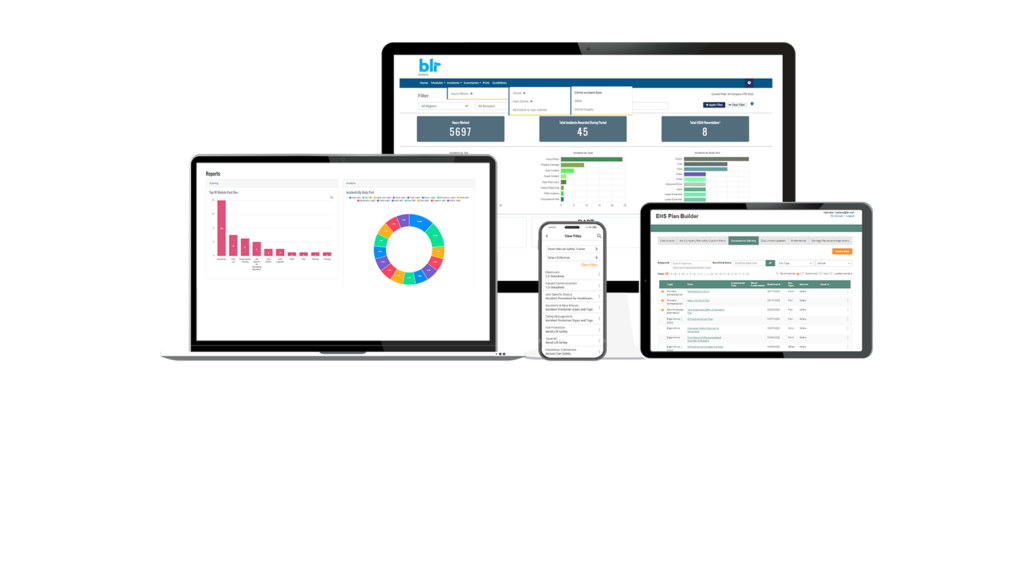
How the costs of not enforcing safety policies affect your company
While every company should strictly enforce its safety policies, many don’t. Those same companies eventually find themselves at the center of lawsuits for serious injuries, illnesses, and unnecessary deaths.
Failure to provide a safe workplace doesn’t just lead to legal troubles and unnecessary accidents. It also negatively impacts a company’s bottom line. Occupational Safety and Health Administration (OSHA) fines and litigation costs are bad enough, but the true costs appear in compromised productivity. To create the safest, most productive workplaces possible, employers should understand the costs of not enforcing safety policies and safety procedures.
Common violations
One of the best ways to avoid costly mistakes is to know what to look for. According to OSHA, the top 10 most common violations of 2022 were:
- Fall protection, construction
- Hazard communication
- Ladders, construction
- Respiratory protection
- Scaffolding, construction
- Control of hazardous energy (lockout/tagout)
- Powered industrial trucks
- Fall protection training
- Eye and face protection
- Machinery and machine guarding
Fines and penalties
What do these and other common violations cost? Fines and penalties are steep, and companies with multiple violations can accrue totals in the hundreds of thousands and higher. According to OSHA, fines are as follows:
- Serious violation. Violations that result in serious bodily harm or death can carry mandatory penalties of up to $7,000 each.
- Other-than-serious violation. Even if a violation is unlikely to lead to severe physical harm, it can still cost up to $7,000. It may, however, be adjusted downward based on the employer’s good faith and lack of violation history and the severity of the violation.
- Willful violation. When an employer is negligent or purposefully disregards a safety regulation, penalties range from $5,000 to $7,000. If a willful violation results in a worker’s death, it’s also punishable by 6 months’ imprisonment, a court-imposed fine, or both. That fine can climb as high as $250,000 for an individual and $500,000 for a corporation.
- Repeated violation. Employers that repeat the same offense can be fined up to $70,000 per violation — 10 times the amount for an initial violation!
Economic costs
If the costs to individuals and companies seem high, consider the overall economic impacts of noncompliance. According to OSHA, businesses spent $171 billion in 2019 on costs associated with occupational injuries and illnesses. Companies also lose additional dollars on lost productivity. OSHA offers a Voluntary Protection Program (VPP) to promote a safer working environment, and, as an incentive, companies that maintain their status are exempt from OSHA-programmed inspections.
The small costs of big savings
Improving and following safety policies and procedures certainly requires a significant investment. In the long run, however, that investment pales in comparison to the savings and productivity improvements companies can realize through safer workplaces.
Here’s an example: A 31-year-old worker at Ferro Magnetics Corp. was electrocuted while testing transformers. According to the OSHA citation, his death might have been prevented if the company had supplied adequate protective equipment, followed safety procedures, and provided training. Ferro now faces fines and penalties of $106,400, which could have been avoided with perhaps a few thousand dollars’ worth of equipment and labor.
The easiest way to enforce your company’s safety policies and procedures is to keep track of them in an organized, central location that all your employees can access. EHS Hero’s Process Safety Management tool can help you manage and update all of the necessary documentation to keep your workers up to speed.


